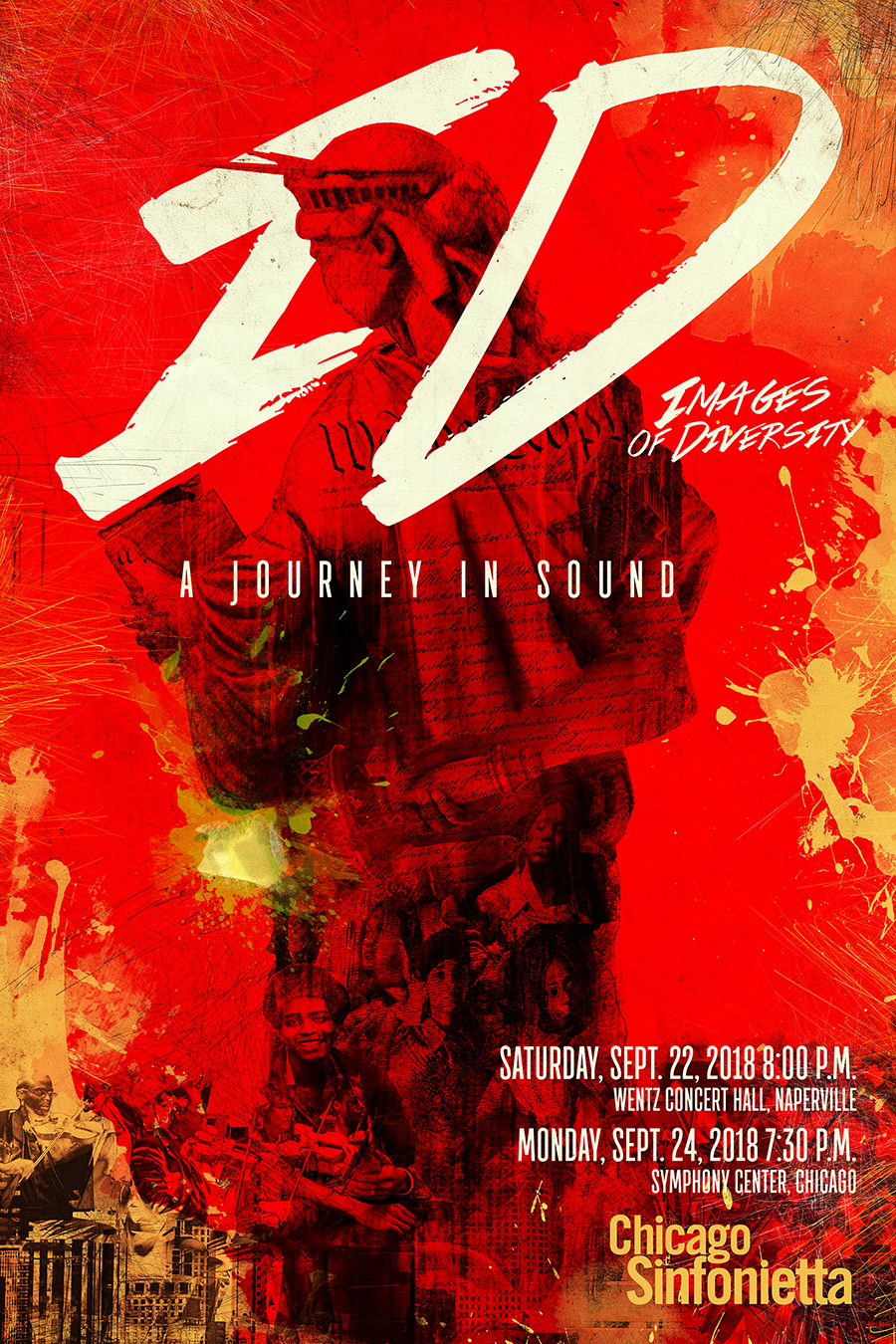
As a community Americans seem to find themselves questioning, “what does it mean to be American?” Since identity shapes so much of how we interact with the world, this question is a hard one to discuss. In I.D. Images of Diversity, we tackle the great question by exploring the perspectives of 4 different American composers who all lived at different points in our history, as well as 1 Italian composer who taught us the importance of rallying together for a common cause.
Explore our digital guide and discover the unique identities that celebrate their cultures and make up the tapestry of American classical music.
Explore our digital guide and discover the unique identities that celebrate their cultures and make up the tapestry of American classical music.
|COMPOSERS | GUEST ARTISTS | LISTEN |

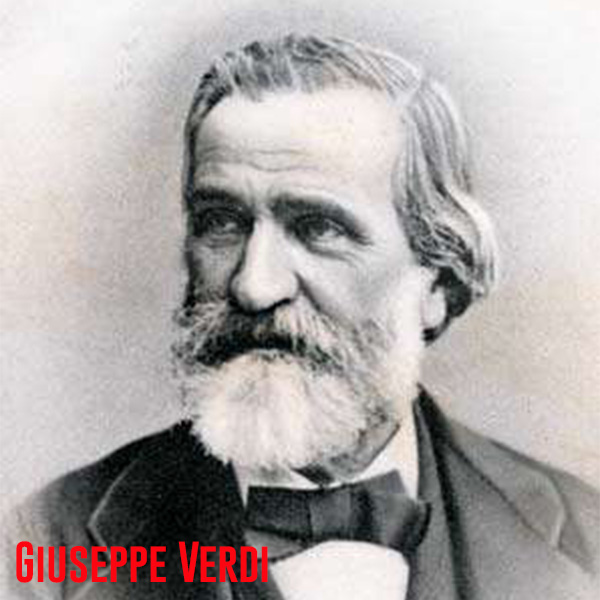
GIUSEPPE VERDI(1813-1901)
Giuseppe Verdi is among one of the most well-known names in opera, having written more than 25 complete works during his lifetime. Born in Le Roncole in the province of Parma, Italy, Verdi displayed musical talent early in his childhood; eventually playing the organ for his community church at age 9.
Verdi’s career developed in the same progression as Italy’s reunification movement. After the premier of his third opera Nabucco in 1841 Verdi’s music was unofficially credited with helping to frame Italian identity.
Giuseppe Verdi is among one of the most well-known names in opera, having written more than 25 complete works during his lifetime. Born in Le Roncole in the province of Parma, Italy, Verdi displayed musical talent early in his childhood; eventually playing the organ for his community church at age 9.
Verdi’s career developed in the same progression as Italy’s reunification movement. After the premier of his third opera Nabucco in 1841 Verdi’s music was unofficially credited with helping to frame Italian identity.

Nabucco was born while Austria was in control of North Italy, and Spain ruled the South. Unintentionally paralleling the opera’s subject matter Italians across the split country strongly identified with the downtrodden Jews, comparing the opera’s oppressors to their own: the Austrians and the Spanish.

AARON COPLAND(1900-1990)
Known for his unique musical style Aaron Copland marries American themes with an expressive modern style. Born in 1900 he was the son of Russian-Jewish immigrants and acquired an interest for music at an early age. The summer of 1921 he studied at Fontainebleau under the tutelage of Nadia Boulanger.
Boulanger helped him find his musical style which at the time was very experimental featuring irregular rhythms and often jarring sounds. His pieces were personal, devoid of any outside influences. Making use of folk melodies and a relaxed version of his Fontainebleau style he arrived at a sound more broadly recognized as "American." “Variations on a Shaker Medley” from Appalachian Spring premiered in 1944 and makes use of the folk tune “Simple Gifts”.
Known for his unique musical style Aaron Copland marries American themes with an expressive modern style. Born in 1900 he was the son of Russian-Jewish immigrants and acquired an interest for music at an early age. The summer of 1921 he studied at Fontainebleau under the tutelage of Nadia Boulanger.
Boulanger helped him find his musical style which at the time was very experimental featuring irregular rhythms and often jarring sounds. His pieces were personal, devoid of any outside influences. Making use of folk melodies and a relaxed version of his Fontainebleau style he arrived at a sound more broadly recognized as "American." “Variations on a Shaker Medley” from Appalachian Spring premiered in 1944 and makes use of the folk tune “Simple Gifts”.
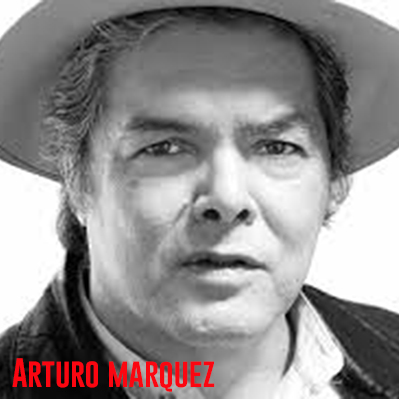
ARTURO MARQUEZ (b.1950)
Born to an American father and a Mexican mother in Alamos, Sonora, Mexico, Arturo Márquez’s take on Latinidad is quite unique. His father was a Mariachi musician whose career spanned Mexico and Los Angeles. His paternal grandfather was a folk musician whose career spanned the northern Mexican states of Sonora and Chihuahua.
Márquez was exposed to several musical styles in his childhood, particularly Mexican "salon music" which would be the impetus for his later musical repertoire. In the mid ‘70s he became quite inspired by contemporary and Cuban music leading up to his composition of Danzón No.2 in 1994. Danzón No. 2 is one of the most popular and frequently performed Mexican contemporary classical orchestral pieces of our time.
Born to an American father and a Mexican mother in Alamos, Sonora, Mexico, Arturo Márquez’s take on Latinidad is quite unique. His father was a Mariachi musician whose career spanned Mexico and Los Angeles. His paternal grandfather was a folk musician whose career spanned the northern Mexican states of Sonora and Chihuahua.
Márquez was exposed to several musical styles in his childhood, particularly Mexican "salon music" which would be the impetus for his later musical repertoire. In the mid ‘70s he became quite inspired by contemporary and Cuban music leading up to his composition of Danzón No.2 in 1994. Danzón No. 2 is one of the most popular and frequently performed Mexican contemporary classical orchestral pieces of our time.
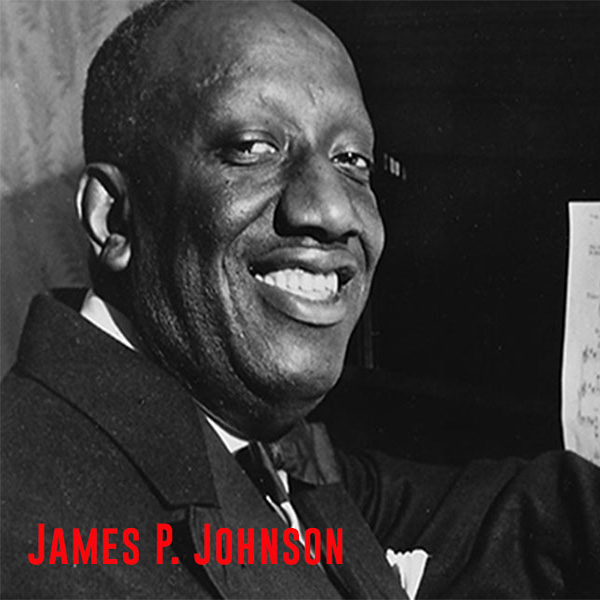
JAMES P. JOHNSON (1894-1955)
African American composer James P. Johnson is credited as one of the founding fathers of jazz as he was a crucial figure in the transition from ragtime to jazz. Born in New Brunswick, N.J., he had perfect pitch and was able to teach himself the piano.
Johnson earned his first job as a pianist in 1912 and became one of the most sought-after solo pianists in ragtime circles and accompanist for singers. Johnson also played a huge role in the mentorship of some of Jazz’s great names, such as Fats Waller, Duke Ellington, and Thelonious Monk
African American composer James P. Johnson is credited as one of the founding fathers of jazz as he was a crucial figure in the transition from ragtime to jazz. Born in New Brunswick, N.J., he had perfect pitch and was able to teach himself the piano.
Johnson earned his first job as a pianist in 1912 and became one of the most sought-after solo pianists in ragtime circles and accompanist for singers. Johnson also played a huge role in the mentorship of some of Jazz’s great names, such as Fats Waller, Duke Ellington, and Thelonious Monk

During the Great Depression his performance career dwindled, and he decided to dedicate himself to his lifelong desire to compose “serious’ orchestral music. He composed a couple of symphonic works that were premiered at Carnegie Hall in the 1940s but were later lost due to racial tensions of the times.
In the early ’90s, this music, which included Drums for Orchestra was found by Marin Alsop, music director of the Boston Symphony. According to composer Gunther Schuller, Johnson’s symphonic works use “basic Negro musical traditions that emulated roughly Liszt’s approach in his Hungarian Rhapsodies.”
In the early ’90s, this music, which included Drums for Orchestra was found by Marin Alsop, music director of the Boston Symphony. According to composer Gunther Schuller, Johnson’s symphonic works use “basic Negro musical traditions that emulated roughly Liszt’s approach in his Hungarian Rhapsodies.”

PETER BOYER (1970-)
Premiering in 2002, Peter Boyer’s Ellis Island: Dream of America for actors and orchestra has become one of the most performed American works, with more than 200 performances spanning 15 years. Boyer’s multimedia work honors the experience of American immigrants while exploring the idea of the American Dream.
Born 1970 in Providence, Rhode Island, Boyer began composing at the age of 15, crediting his first piece as a Requiem Mass in honor of his grandfather. He received both his Masters and Doctorate of Musical Arts degrees from The Hartt School of the University of Hartford.
Premiering in 2002, Peter Boyer’s Ellis Island: Dream of America for actors and orchestra has become one of the most performed American works, with more than 200 performances spanning 15 years. Boyer’s multimedia work honors the experience of American immigrants while exploring the idea of the American Dream.
Born 1970 in Providence, Rhode Island, Boyer began composing at the age of 15, crediting his first piece as a Requiem Mass in honor of his grandfather. He received both his Masters and Doctorate of Musical Arts degrees from The Hartt School of the University of Hartford.


Steep Theatre Company was founded in 2000 by three actors with little more than a shoestring budget and a desire to work in an open, ensemble atmosphere. Over the years, the company has become a dedicated, close-knit group of forty-one actors, directors, designers, and writers driven by a shared commitment to the organization's mission: To bring out the everyday truths in the stories we tell through ensemble work and to reach out to non-traditional theatregoers by seeking out stories and creating experiences relevant to them.

The ensemble has produced over 60 plays and enjoyed remarkable success. Steep’s productions have been named to Timeout Chicago's Top Ten Shows of the Year, the Chicago Tribune's Top Ten Shows of the Year, the Tribune’s Best of the Fringe, the Sun Times’ Best of the Year, and WBEZ’s Top Ten Shows of the Decade. Steep has received 30 Jeff Award nominations and won the 2009 and 2016 Jeff Awards for Best Ensemble; the 2010 and 2011 Jeff Awards for Best Actress in a Leading Role; the 2015 Jeff Award for Best Actor in a Supporting Role; the 2017 Jeff Award for Best New Play; and the 2018 Jeff Awards for Best Performer in a Featured Role, Best Performer in a Supporting Role, Best Director, and Best Production. Steep was named the 2010 Broadway in Chicago Emerging Theatre Award winner.

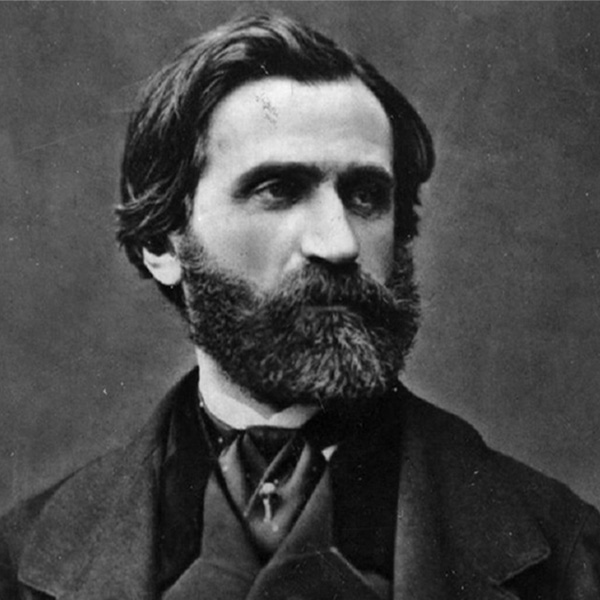
At the age of 25, Verdi is said to have spiraled into a depression following a set of musical failures, personal loss and the death of his wife. He is quoted saying that this state of mind brought about his third opera Nabucco (1841), which was known for its raw energy as well as its political significance.
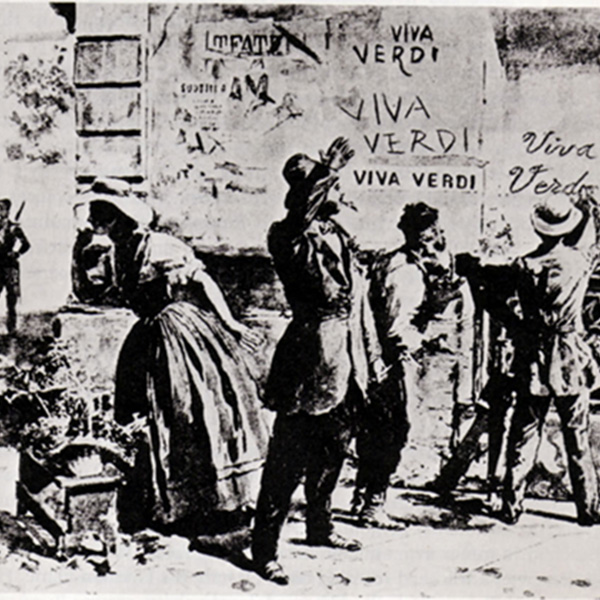
During Italian Reunification, ‘Viva Verdi’ could be seen scrawled around the streets of Italy and heard chanted by protesters throughout the country. Verdi’s name was used as an acrostic signifying Viva Vittorio Emanuele Re D’Italia or Viva Victor Emanuele King of Italy.
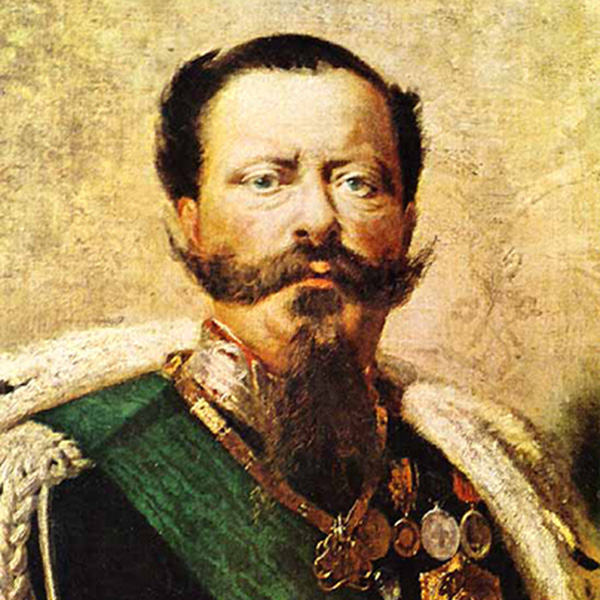
Victtorio Emanuele II was the first King of a unified Italy. Alongside Verdi these two became the unofficial heroes of Italy’s unified people.
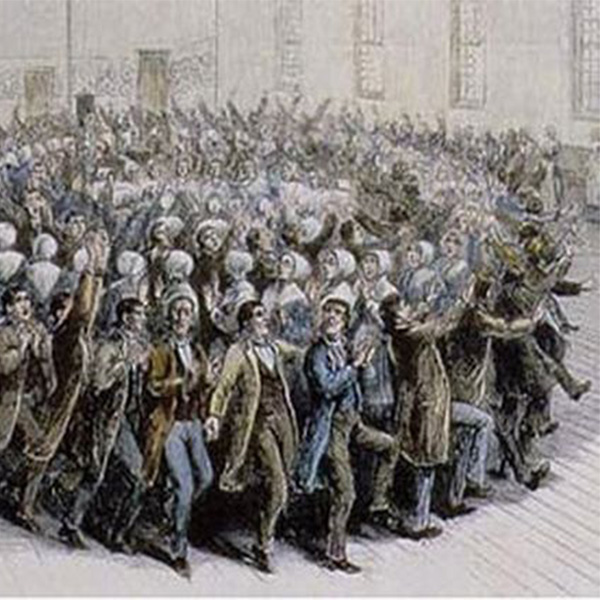
The Shaker Community came to America in 1774, settling in Upstate New York and the New England States. Their villages consisted of multiple ‘families’, living together as brothers and sisters, houses were divided so that men and women shared equal responsibilities. The Shakers established an American identity that placed primary importance on their families, a virtue that lives on to this day.

Upon visiting a ballroom in the state of Veracruz, Mexico, Marquez was immediately taken back to Cuba. Cuba plays a very important role in the history of Veracruz, inspiring the music, their iconic dress style and the local dances. Danzon No.2 is a perfect marriage of the strict rhythmic structures in Mexican Ballet Folklorico and the Cuban Danzon.
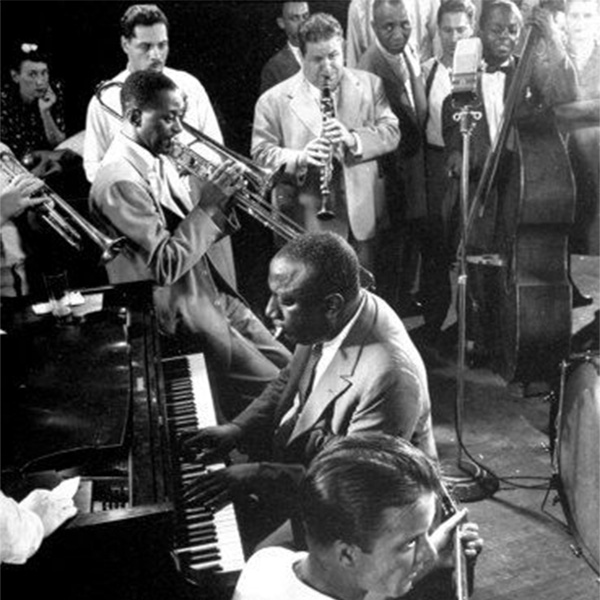
Johnson is credited as the “Father of the Stride" piano. Stride piano style refers to when the pianist's left-hand jumps around playing a single bass note or octave on the strong beat and a chord on the weak beat while the right-hand plays the melody.
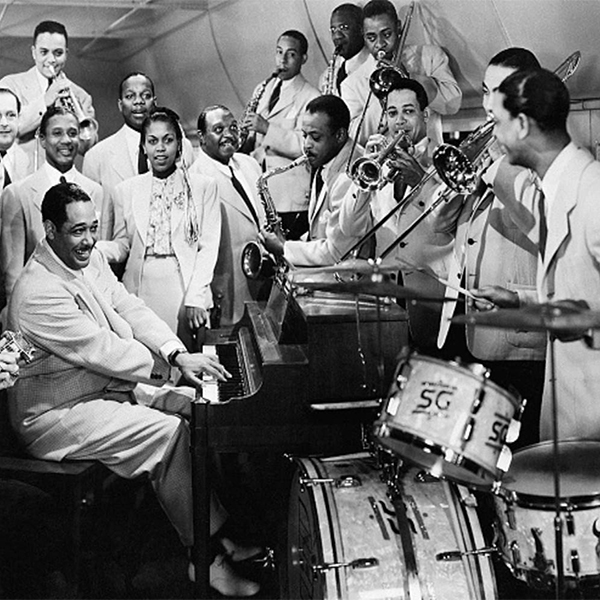
Johnson’s career grew during the 1920s Jazz Age having composed and performed a majority of the songs which sounded throughout both white and black clubs. Interestingly enough Johnson went to compose what would become the anthem for the Jazz age, ‘The Charleston’.


